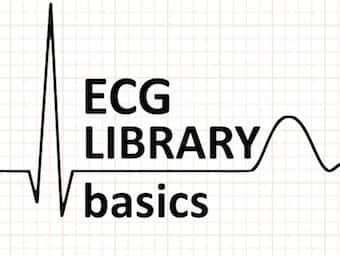
Comms Lab: Negotiation
Comms Lab 35: The Impossible Conversation: Negotiation: Positions vs Interests; interest-based negotiation versus position-based negotiation.

Comms Lab 35: The Impossible Conversation: Negotiation: Positions vs Interests; interest-based negotiation versus position-based negotiation.

April 2022 Pediatric Orthopedic case interpretation: tibia and fibula injuries with Kelsey Lena, Danielle Sutton, and Virginia Casey

John Zahorsky Jr (1871-1963) was an Austro-Hungarian born American pediatrician. Early description of roeola infantum (sixth disease) and herpangina

Simulation debriefing: theories, models, approaches, process elements, and strategies for difficult situations.

Frederic Eugene Basil Foley (1891 – 1966) was an American urologist. Eponymously affiliated with the Foley catheter and many other urological inventions

It's the 20th anniversary of the Spring Seminar on Emergency Medicine, and EM's favourite conference is returning to Noosa.

Comms Lab 34: The Impossible Conversation: Changing Minds with Don't-Know-Mind. The unread library; black box and flush toilet...

ECG made easier a free, innovative, interactive online application to assist in honing and refining your ECG interpretation skills

Australian Resuscitation Council Guideline Updates

A conceptualisation of the interventions that contribute to a successful outcome after a cardiac arrest; like any chain, it is only as strong as the weakest link

List of commonly used medications and drugs in cardiac arrest.

A summary of commonly used drug infusions and their dosing and preparation for use in critical care (ICU / Anaesthethics / Emergency)